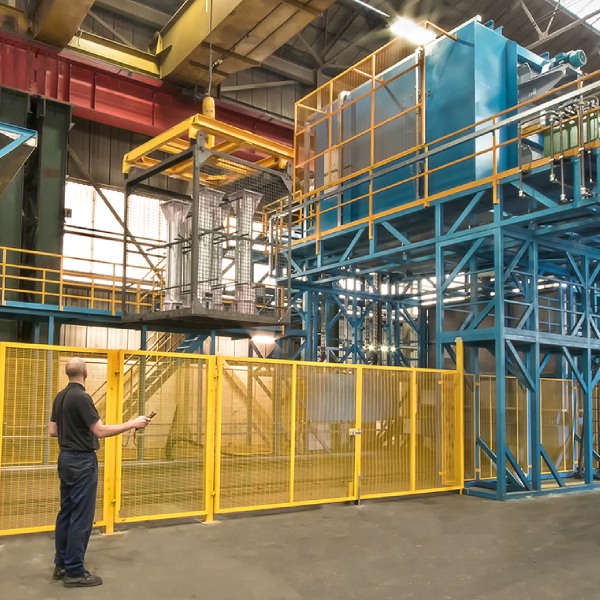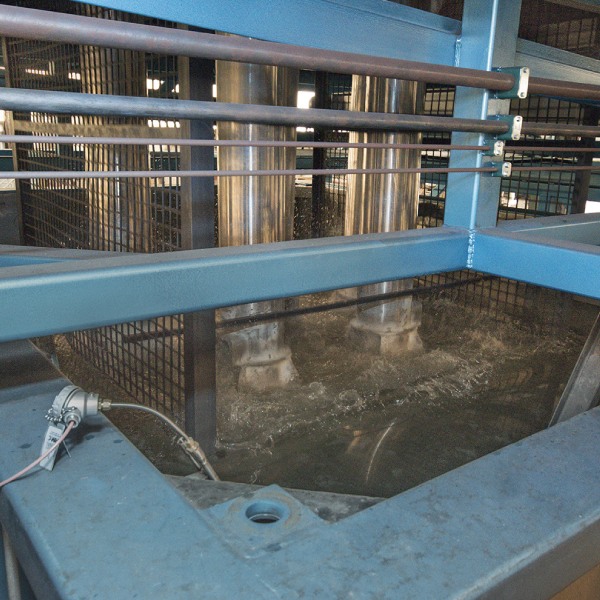Solution Heat Treatment: A Deep Dive into Alloy Heat Treatment’s Expertise
At Alloy Heat Treatment (AHT), we pride ourselves on our extensive knowledge and expertise in heat treatment processes, particularly in the intricate realm of solution treatment. As a leading UK firm, we understand the critical importance of solution treatment in enhancing the properties of various alloys, particularly aluminium, to meet stringent industry requirements. In this blog, we delve into the technical intricacies of solution treatment, showcasing our deep understanding and commitment to delivering superior results for our clients.
Understanding Solution Treatment:
Solution treatment is a precise process aimed at solid-state dissolving of key alloying elements within the aluminium matrix, known as the solvent metal. Operating typically between temperatures of 450°C to 550°C, the solution treatment temperature is carefully controlled to achieve maximum solid solubility of solute metals in the solvent metal. This controlled environment fosters the creation of a Super Saturated Solid Solution (SSSS), laying the foundation for enhanced material properties.
Key Factors in Solution Treatment:
Achieving optimal results in solution treatment hinges upon several critical factors. Firstly, the duration of soak time at the solution treatment temperature is paramount, allowing sufficient time for the solute metals to dissolve fully. Additionally, precise furnace controls are essential to prevent the incipient melting of products, ensuring the integrity of the material is maintained.
Quenching In Solution Treatment:
Following solution treatment, the quenching process plays a pivotal role in preserving the super saturated solid solution. Rapid cooling of the alloy product to below 100°C is imperative to prevent the precipitation of solute metals, which can compromise the desired material properties. At AHT, we employ advanced techniques, including quenching in agitated water or polymer solutions, tailored to the specific alloy and thickness requirements.
Temper Designations and Post-Quenching Procedures:
Upon quenching, the freshly treated parts exhibit exceptional softness and ductility, marked by temper designations such as W or AQ. However, the onset of ageing, or precipitation hardening, begins immediately. To mitigate this, immediate post-quench deep refrigeration is employed, effectively delaying the ageing process. This critical step allows for the removal of any quench distortion while minimising the risk of cracking, ensuring superior product quality.
Quality UK Solution Treatment Service:
At AHT, quality is at the forefront of everything we do. Following full heat treatment, our products undergo meticulous inspection using techniques such as Dye Penetrant Inspection (DPI), also known as Dye Pen, to detect any potential flaws or defects. This commitment to quality assurance underscores our dedication to delivering excellence to our clients.









